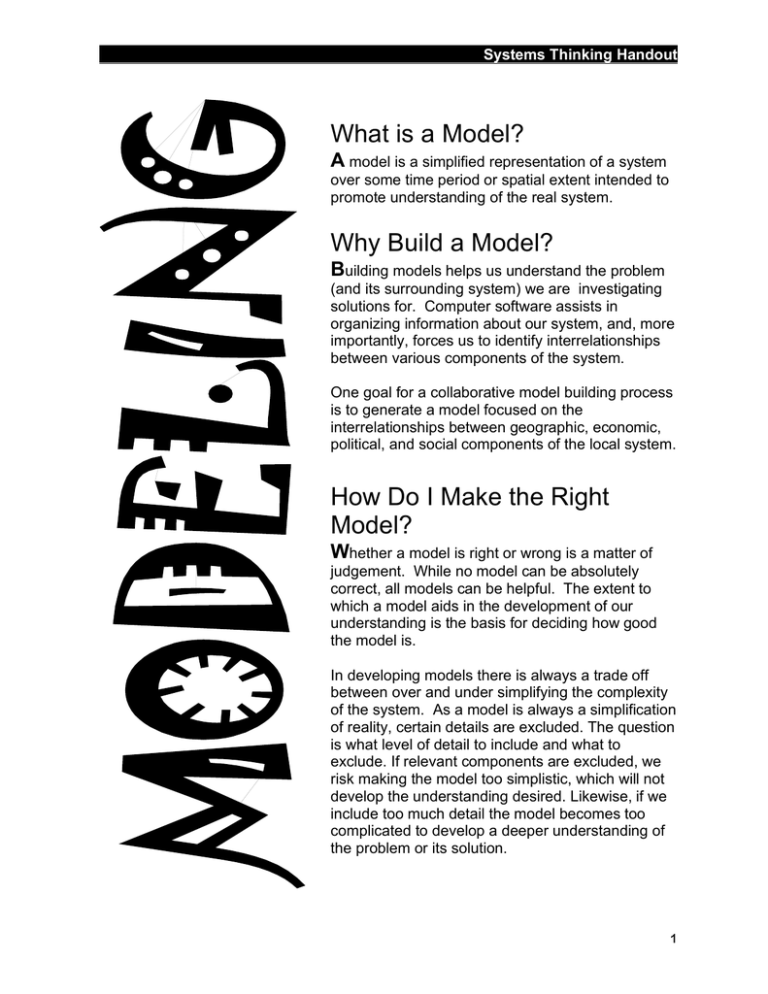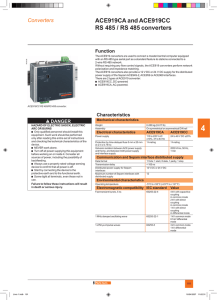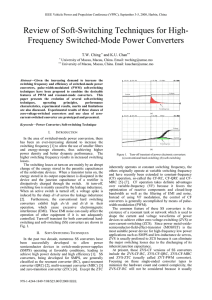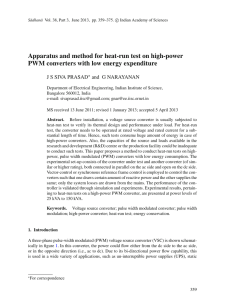What is a Model? A
advertisement

Systems Thinking Handout What is a Model? A model is a simplified representation of a system over some time period or spatial extent intended to promote understanding of the real system. Why Build a Model? Building models helps us understand the problem (and its surrounding system) we are investigating solutions for. Computer software assists in organizing information about our system, and, more importantly, forces us to identify interrelationships between various components of the system. One goal for a collaborative model building process is to generate a model focused on the interrelationships between geographic, economic, political, and social components of the local system. How Do I Make the Right Model? Whether a model is right or wrong is a matter of judgement. While no model can be absolutely correct, all models can be helpful. The extent to which a model aids in the development of our understanding is the basis for deciding how good the model is. In developing models there is always a trade off between over and under simplifying the complexity of the system. As a model is always a simplification of reality, certain details are excluded. The question is what level of detail to include and what to exclude. If relevant components are excluded, we risk making the model too simplistic, which will not develop the understanding desired. Likewise, if we include too much detail the model becomes too complicated to develop a deeper understanding of the problem or its solution. 1 Systems Thinking Handout “All models are wrong… but some models are useful!” How do we Start Building Models? Model building is a visual process that starts with drawing diagrams, or “model maps.” Model maps are abstract sketches that visually depict interconnections of a system’s components. Modelers often call this “qualitative” modeling. After the qualitative model is drawn, a quantitative model can be created using special computer software. What are the Components of a Model? A model has three main components that you should be familiar with for the purposes of these workshops. • STOCK: a stock is a population of something – it is best explained using a “reservoir” or a “bathtub” metaphor, because we can easily visualize it accumulating something (e.g. water, people, interest, etc.). • FLOWS: flows inform the stock (to say it in a fancy way: they “update the magnitudes of stocks”). Flows fluctuate and without flows a system would be remain static. Some examples of flows include: eroding, being born, delivering, dying, producing, in-migrating, discharging, draining – notice the “-ing” on the end – this indicates action. • CONVERTERS: converters inform the flows, they indicate the “drivers” of the activity represented by the flow. How Do I Decide What’s a Stock, Flow, or Converter? MODELING TIPS STOCKS are NOUNS because they represent a collection of physical or non-physical components to the system (i.e. persons, places, things, or ideas). FLOWS are VERBS because they represent the actions necessary to keep the stock from being stagnant or static. CONVERTERS are ADVERBS because they modify the flows. We came up with three questions that have been helpful for us when beginning to model a complex system. First: If we were to tell a story about this problem/situation/system, what would be the central component? Your answer should be a noun of some sort, thus, the main component becomes a STOCK. Second: What specific actions influence the main component of the story? Your answer may be multiple verbs, these become the FLOWS in the model. Flows represent action. Third: What issues drive or inhibit the actions? Your answer will be a modifier, an adverb; which is a CONVERTER in the STELLA™ language. Converters influence the actions being represented by flows in the model. 2 Systems Thinking Handout What is a System? A system is an entity that maintains its existence through the mutual interaction of its parts. A system exists and operates in time and space. The key part of this definition is “interaction.” A system is much more than a “heap” or a “lump” of parts; the interactions–not the parts—are responsible for the characteristics of the system. This definition of system implies something beyond cause and effect. Rather than simply “A” affects “B”; “B” also affects “A”. Examples of systems include: particle, atom, molecule, cell, organ, person, community, nation, world, solar system, galaxy, and universe -- in increasing levels of complexity. Some argue that there is only one system -- the “Universe” -- and all other systems are sub-systems of this larger system. The relevant question is where one chooses to draw the system boundaries. What is “Systems Thinking”? Systems-thinking is seeing beyond what initially appears to be a set of isolated and independent incidents to identify the system of interactions. This type of thinking encourages us to recognize connections between events to better understand and influence them. Systems Thinking as a Mindset... Systems thinking is a mindset to understand how things work. It is a perspective to go beyond events and look for patterns of behavior, seeking the underlying systemic relationships responsible for resulting events. Systems thinking requires adopting a “world-view” which examines the interrelationships among multiple elements. 3 Systems Thinking Handout Why Not Use the Traditional Scientific Method? Decartes and Bacon provided us with a precise recipe for understanding the world -- the scientific method. Later Newton, with the discovery of the laws of motion and gravity, provided us with a clockwork paradigm for understanding the universe. These paradigms are not wrong, but incomplete. The Newtonian paradigm is based on linear cause and effect relationships. The difficulty with linear cause and effect understandings is that they only provide a short-term perspective for understanding how things really work. When we go beyond the linear cause and effect paradigm to study patterns of behavior and the systemic interrelationships among the parts of the system we develop a deeper understanding of the nature of the way things operate in time and space. This understanding allows to work with the system instead of against it, trying to manipulate it as in traditional scientific approaches to problem solving. A systems thinking perspective allows for the development of interventions to create lasting change within the system. When Should we use a Systems Thinking Approach? Examples where systems thinking has proven its value include: • Complex problems involving multiple actors see the “big picture” and not just their individual part. • Recurring problems, which are often made worse through past attempts to fix them. • Issues where an action affects (and is affected by) the environment surrounding the issue. These can include both the natural environment or the competing social and economic environments. • Problems whose solutions are not obvious. Many of the important problems plaguing us today are scientifically complex and involve multiple stakeholders. Dealing with such problems is notoriously difficult; sometimes a solution is reached, but only after extensive compromising. Such solutions may discourage the prospects of effectively addressing the problem. The benefit of systems thinking lies in its ability to effectively deal with these types of problems and raise our thinking to a level that develops collaborative, creative options for complex problems. Where Did These Ideas Come From? Systems thinking, as a formal method, has its foundation in the field of system dynamics, founded in 1956 by MIT professor Jay Forrester. Professor Forrester recognized the need for a better way of testing new ideas about social systems, in the same way we can test ideas in engineering. Typically engineers build models to test new ideas; the same can be done in the world of systems thinking. 4




